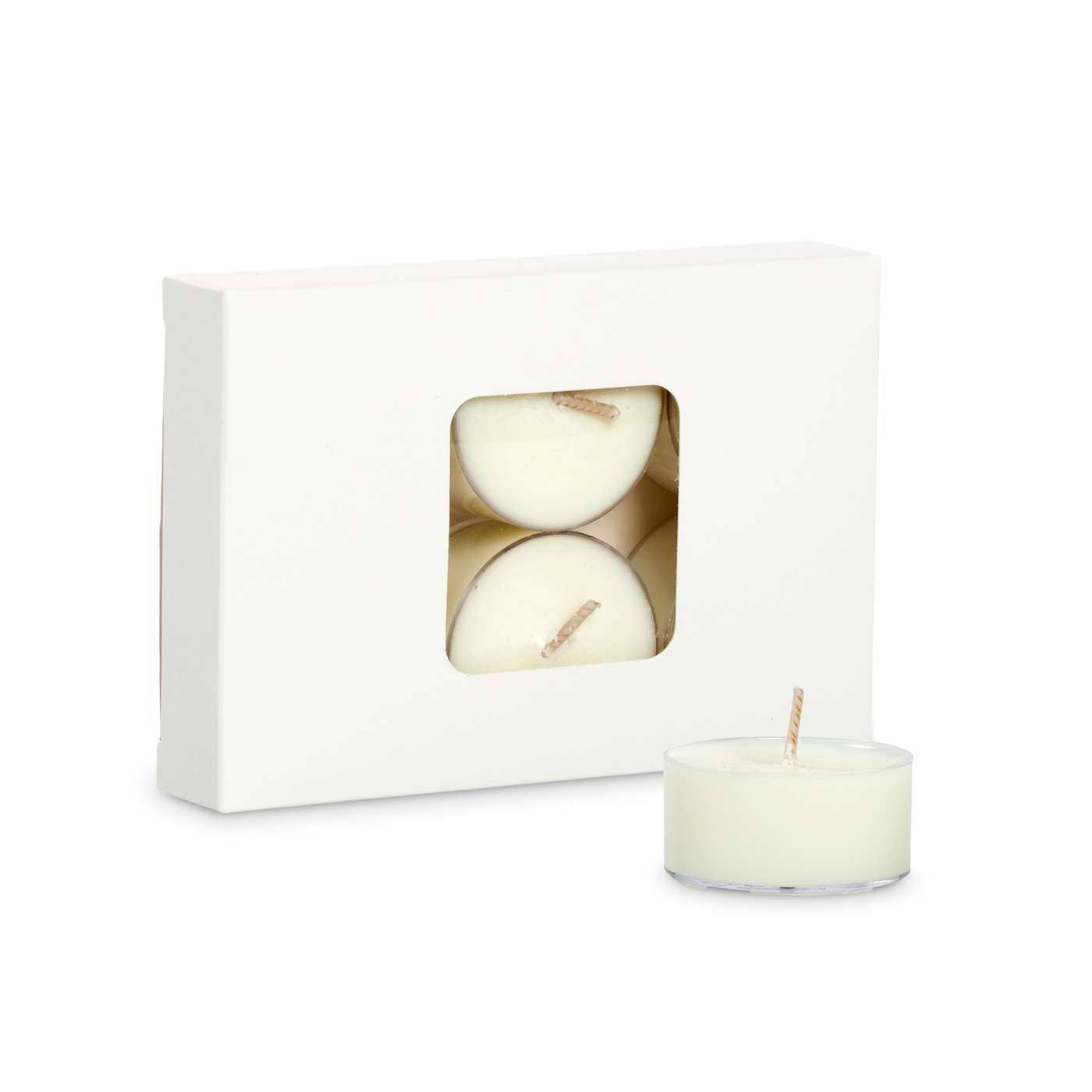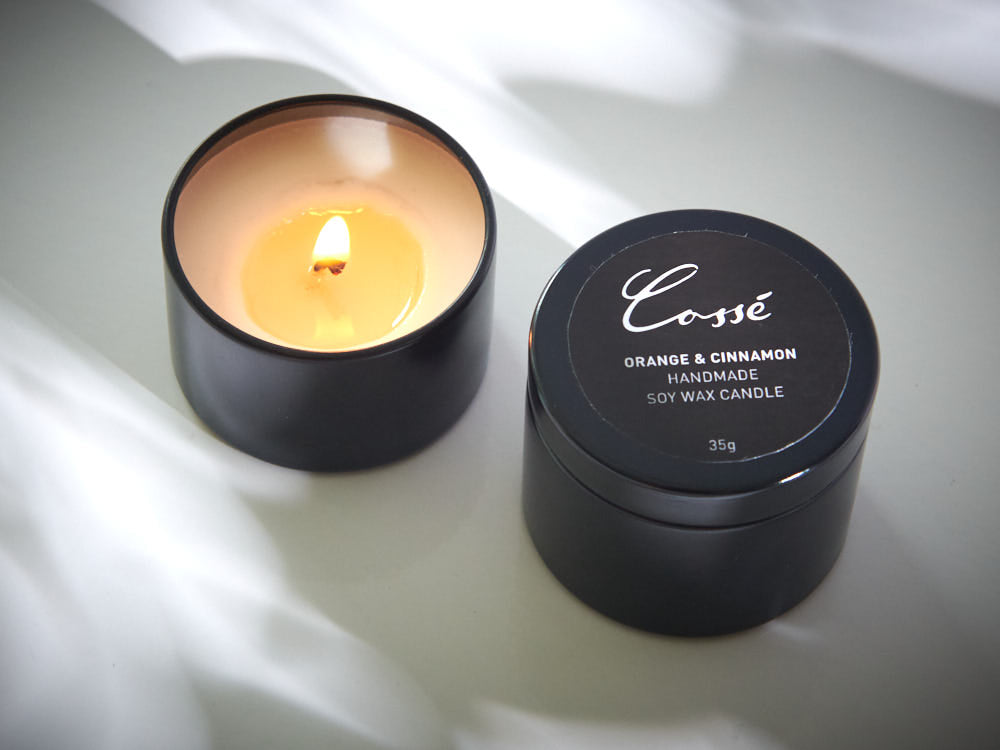Boost Your Area with Costs Soy Wax Candles and Home Fragrance
Boost Your Area with Costs Soy Wax Candles and Home Fragrance
Blog Article
From Wick to Wax: Understanding the Chemistry Behind Soy Wax Candles and Their Ecological Impact
As we illuminate our spaces with the cozy radiance of candle lights, there exists a world of detailed chemistry behind the relatively easy act of lighting a soy wax candle. The option between soy and paraffin wax extends beyond simple looks, diving right into the realm of ecological effect and the very composition of the materials. Recognizing the molecular structure of soy wax and its combustion process clarifies the emissions launched into our environments. Join us as we unwind the clinical complexities behind soy wax candles and discover their effects on our setting.
Soy Wax Vs. Paraffin Wax
When comparing soy wax and paraffin wax for candle light production, it is important to recognize the unique characteristics and benefits of each material. Soy wax is an all-natural, renewable energy acquired from soybean oil, making it green and biodegradable - soy wax candles. On the other hand, paraffin wax is a byproduct of oil refining, which elevates problems regarding its ecological influence and sustainability
Soy wax candles shed cleaner and discharge less residue contrasted to paraffin wax candles, making them a healthier selection for interior air top quality. In addition, soy wax has a reduced melting factor, enabling a longer-lasting candle light that spreads scent better. Paraffin wax, on the other hand, often tends to melt faster and less cleanly, potentially releasing harmful chemicals right into the air.
From a sustainability point of view, soy wax is favored for its biodegradability and sustainable sourcing, lining up with the expanding customer preference for eco aware items. While paraffin wax has been a typical option in candle light making as a result of its affordability and simplicity of use, the change towards environment-friendly options like soy wax is acquiring momentum in the market.
Chemical Structure of Soy Wax

Burning Refine in Soy Candles
The chemical structure of soy wax straight influences the combustion procedure in soy candle lights, impacting variables such as shed time, scent launch, and environmental effect. When a soy candle light is lit, the warmth from the fire melts the wax near the wick.
The burning efficiency of soy candle lights is influenced by the pureness of the soy wax and the top quality of the wick. A clean-burning soy candle light with a correctly sized wick will certainly create a stable flame and minimize soot formation. This not just expands the melt time of the candle but also enhances the release of fragrances. In addition, soy wax candle lights have a reduced ecological impact compared to paraffin candle lights as a result of their eco-friendly and eco-friendly nature.

Ecological Advantages of Soy Wax

Thought about a sustainable alternative to standard paraffin wax, soy wax link provides significant ecological benefits that make it a popular selection amongst eco-conscious customers. Soy wax burns cleaner and creates much less soot than paraffin wax, adding to far better indoor air quality and reducing the demand for cleaning and maintenance. Generally, the ecological advantages of soy wax line up with the growing need for sustainable and environment-friendly products in the market.
Recycling and Disposal Factors To Consider
Recycling and appropriate disposal of soy wax candles play a vital role in maintaining environmental sustainability and minimizing waste in neighborhoods and homes. When it pertains to recycling soy wax candle lights, the initial step is to guarantee that the candle light has burned entirely. This can be attained by allowing the candle to shed till the wick is no more usable, and after that letting the continuing to be wax cool and solidify. Once the wax has actually solidified, it can be thoroughly gotten rid of from the container.

In regards to disposal, if recycling is not a choice, soy wax candles are eco-friendly and can be securely disposed of in most household waste systems. It is constantly recommended to check with neighborhood reusing facilities or waste monitoring services for specific guidelines on candle disposal to guarantee appropriate handling and ecological defense.
Verdict
Finally, the chemistry behind soy wax candles exposes their ecological benefits over paraffin wax candle lights. Soy wax, originated from soybean oil, burns cleaner and produces find this much less soot when contrasted to paraffin wax. The burning process in soy candles is a lot more reliable, causing a longer and extra also burn. In addition, soy wax is sustainable and naturally degradable, making it a more sustainable option for candle production. Recycling and appropriate disposal of soy wax candles further contribute to their environmental influence.
When comparing soy wax and paraffin wax for candle production, it is important to recognize the unique attributes and advantages of each product (soy wax candles).Soy wax candle lights shed cleaner and discharge much less reference soot contrasted to paraffin wax candles, making them a healthier selection for interior air top quality.Taken into consideration a lasting alternative to typical paraffin wax, soy wax provides noteworthy environmental benefits that make it a prominent selection amongst eco-conscious consumers. Soy wax burns cleaner and produces less residue than paraffin wax, adding to better interior air high quality and lowering the requirement for cleansing and maintenance.In final thought, the chemistry behind soy wax candles reveals their ecological benefits over paraffin wax candles
Report this page